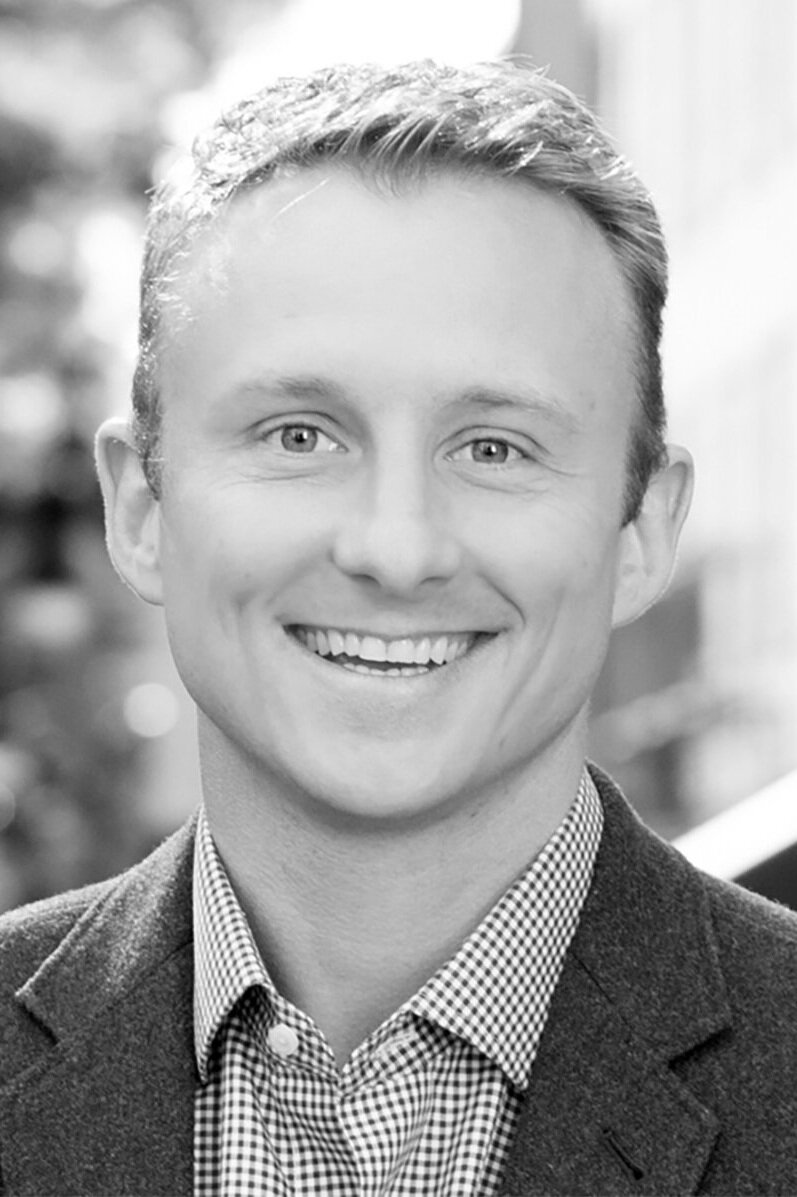ASA R. ESLOCKER, ASLA
Director of Strategic Design & Communication | Charlottesville, VA
About Asa:
Proud Dad/Husband, FAA Certified Drone Pilot, E-bike enthusiast, Little League Baseball Coach
Education:
MLA, Masters of Landscape Architecture, University of Virginia, 2014
BA, Political Science, Washington University in St. Louis, 2003
Storyteller | Maker | Optimist
Asa is a landscape architect, urban designer, journalist, and documentary filmmaker who brings a range of marketing, engagement, and storytelling experience to Renaissance. In addition to serving as the Director of Marketing and Communications, Asa is also the Storytelling Practice Lead for Renaissance. Asa specializes in weaving storytelling, graphic design, videography, and his multidisciplinary background into Strategic Design – a systems thinking approach for reframing questions around complex urban challenges, design, and planning solutions. Asa is also a nationally recognized video producer and storyteller working on a variety of graphics, logos, guidebooks, multimedia, and video projects for our clients. Asa is skilled in human-centered approaches to story production that help inform solutions around planning, urban design, transportation, public workshops, and community decision-making.
Many of Asa’s recent video productions can viewed on Renaissance’s YouTube channel here.
Asa holds a masters degree in Landscape Architecture from the University of Virginia, where he subsequently taught design studio and communication courses in the School of Architecture. His documentary film, Landscapes of Longevity, examines the impact of the built environment and cultural landscapes on human health, well-being, and life expectancy in three “Blue Zone” locations around the world. After premiering at the 2014 Virginia Film Festival, the film received several national and state awards from the American Society of Landscape Architects for in-depth research and its ability to communicate the vital role of design, public space, and community on human health.
Prior to moving to Charlottesville, Asa had an eight-year career with ABC News in New York. As an Investigative Producer, Asa was recognized with a number of awards, including two National News Emmy Awards in 2006 and 2008. Originally from Athens, Ohio, Asa now resides in Charlottesville with his wife, three children, two dogs, and flock of chickens.
I believe...
… that how we do our work is as important as the work we do.
… in the power of Story and Narrative. Stories are a universal way of knowing the world and help give meaning to our lives. They shape the way we see and form our cities, communities, families, home, and self. Human-centered storytelling – the listening, seeing, collecting, curating, telling – is fundamental to understanding and representing the people, communities, and invisible systems in which we work and serve. Narrative – both the story and the process for gathering and telling – can be a powerful part of community engagement, co-learning, and relationship-building that helps reveal community needs, issues, opportunities, and marginalized voices in a place. An authentic storytelling process can help verify and contextualize hard data, inspire design solutions, build empathy for others, and bridge disparate audiences for mutually beneficial outcomes. As Brene Brown, PhD says, “Stories are just data with a soul.”
… in the vital role of public space for cities to work. Cities that work provide spaces for the “intricate mingling of different uses” and “represent a complex and highly developed form of order” (Jane Jacobs). Cities can work not because they are engineering marvels or technologically smart, but rather because they can provide a certain intangible mixture of positive human interactions amidst common, equitable, and public spaces where the “right to the city” is freely enjoyed (Henry Lefebvre). The right to the city is more than just access, but it is a fundamental right to embody, congregate, connect, and “appear” with others in public spaces (Hannah Arendt). Thus, cities and public space go hand in hand. Without public spaces that work, there is no city that works. A city’s public spaces – its sidewalks, parks, promenades, transit, public schools, public facilities, and public voting locations – are the foundation of a healthy democracy, healthy economy, and healthy human body.
… “To build a great city, a just city, we have to look at who’s included and who’s excluded. Then we should follow three principles: don’t exclude anybody from the law. Don’t exclude anybody from the conversation. And don’t exclude anybody from the celebration.” – Suketu Mehta, urbanist & author

